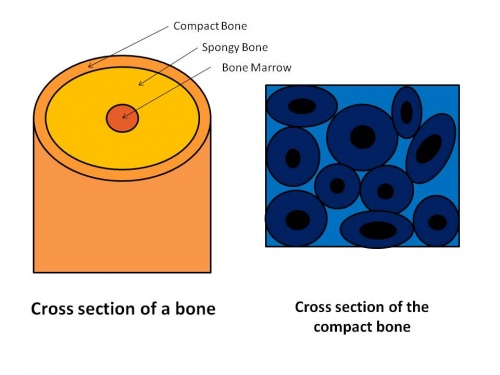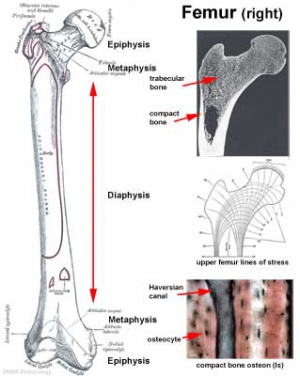User:JAbraham
University of New South Wales work experience
Day 1
- arrived at the Wallace Wurth building in UNSW.
- attended an OH&S meeting about discussing risk management procedures for student practicals in the lab. Some areas of discussion were:
- identifying the risks which happen around campus and trying to minimise them
- the school of medical science newsletter
- planning and organising evacuation procedures
- writing articles about work safety
- testing safety equipment
- meetings to discuss incident reports
- how to safely carry out practicals (risk management)
and
- designing forms for staff members of UNSW about OHS risk management
- observed a medical research student conduct a research experiment on the causes of Glaucoma; where I observed the changing of pH of a particular liquid which would then be observed and the number of dead and living cells in it would be recorded.
Day 2
- attended a presentation in which three SoMS honour research students presented their research projects. They included:
- Cytokines, Chemokines and growth factors implicated in angiogenesis during muscle regeneration
- S100 proteins in systemic lupus erythematosus
- Allosteric modulation of B2-Adrenoceptors
- visited the anatomy museum and observed various dissections of human and other animal body parts; including the legs, hands, kidneys and heads. As well as observing models of the skeletal system and the spinal chord.
Day 3
- attended an OH&S training course for SoMS summer school research students. This included a powerpoint presentation of the basic safety precautions in a laboratory. Information was given on:
- meanings of hazard signs
- evacuation procedures
- proper safety equipment to be worn and/or used in the lab
- emergency precautions and procedures to be carried out in dangerous situations
- the main routes of exposure to contamination (inhalation - most common, through skin - by penetration or puncture, and through consumption)
- prevention of exposure to contamination (washing hands, no eating or drinking in a laboratory, a mask to cover the mouth and nose if necessary, bio-safety cabinets filter the air to keep it uncontaminated, don't roll up sleeves of lab coat to prevent the exposure of skin, double contain chemicals when they need to be transported and segregate waste and avoid over filling bins)
- chemical hazards (explosives, flammable liquids and solids, oxidising liquids, compressed gases, corrosive substances, toxic substances, and substances hazardous to the aquatic environment.)
- visited the Ramaciotti centre for gene function analysis where I witnessed some of the machinery used to observe gene sequencing and microRNA analysis with the use microarray technology.
http://www.ramaciotti.unsw.edu.au/microarray.html
Day 4
- attended the Lowy Cancer Research centre and observed the technology used in identifying cancerous cells and why they mutate and how to arrest the mutation before it gets too out of hand. There were a range of different microscope including flourescent-light based and laser-based ones.
http://www.lowycancerresearchcentre.unsw.edu.au/index.php
- observed histology staining - the staining of a longitudinal section of the spinal chord tissue of a rat, using the Haematoxylin and Eosin stain method. The cytoplasm was stained pink and the nucleus was stained blue.
Day 5
- observed a hearing test being carried out on a guinea pig. It was put to sleep using a gas called Isoflurane, then placed into a soundproof box with an earpiece inserted into its ear. Sound is played inside the box and the sound receptors inside the guinea pig's ear are monitored. If there is a repetitive pattern in the results, the Guinea pig is able to hear, but if there is no connection between the data from the receptors, the guinea pig it deaf.
Bones
Without bones, we would collapse into a heap because our body would be like jelly. They are what allow us to move and perform various functions. A typical bone has a hard outer layer that is strong, dense and tough. Inside, is a layer of spongy bone which is lighter and is slightly flexible.And in the middle of some bones, bone marrow can be found. It is the constant production area of cells for the blood. An important mineral for bone cells is calcium, so it is important to have a healthy intake of calcium-rich foods such as milk or yoghurt.
Functions of bones
Bones have many functions in the body. Some of the main ones are:
- Support
- Protection
- Assisting in movement
- Storage of minerals
- Production of blood cells
Support
The skeleton provides framework for vertebrates. It supports tissues and organs inside the body as well as form the shape of the vertebrate. The skeleton includes points of attachment called joints (e.g. knee joint, elbow) for extra support and flexibility of movement.
Protection
The skeleton acts as a barrier, providing protection for the internal organs and fragile tissues of the body. this reduces the risk of injury to them. The brain, eyes, heart, lungs and spinal chord are all protected by the skeleton. (e.g. the rib cage protects the lungs and the heart, the skull protects the brain and eyes.)
Assisting in movement
Bones provide the structure for muscles to attach, enabling us to move. Because the skeletal muscle and bone are attached, when the respective muscle expands or contracts, the bone moves along with it, causing the whole body to move in the direction of the muscle held by the tendon.
Storage of Minerals
There are several minerals that bone tissues store; including calcium and phosphorus. If required, bones release minerals into the bloodstream to maintain the balance of minerals in the body.
Production of blood cells
Bone marrow is a flexible tissue that is located in the interior of bones. In humans, the bone marrow in large bones of the body produces new blood cells so that it can transport oxygen to our organs and fight infections.
Eternal Links
http://www.ivy-rose.co.uk/HumanBody/Skeletal/Skeletal_System.php
http://hes.ucfsd.org/gclaypo/skelweb/skel01.html#help

